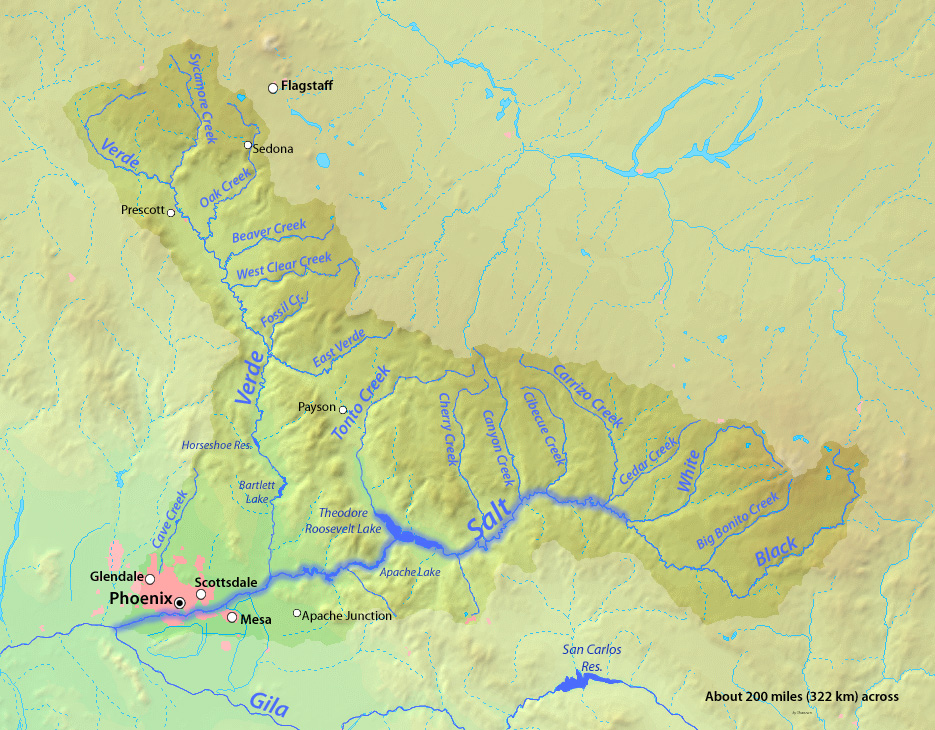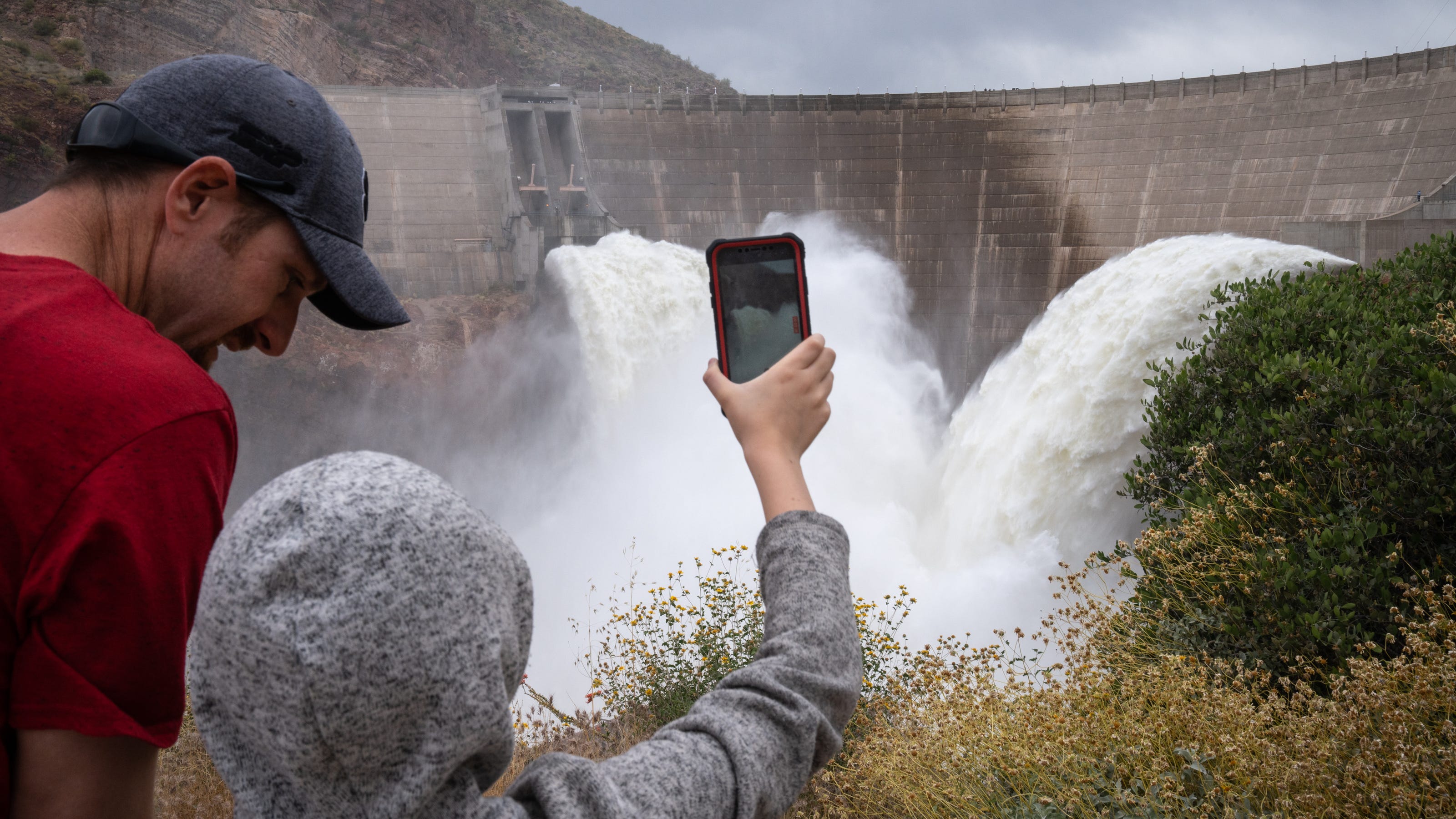May 22, 2023
Sent via Electronic Mail
Camille Calimlim Touton, Commissioner
U.S. Bureau of Reclamation
1849 C Street NW
Washington, D.C. 20240
Dear Commissioner Touton:
The Colorado River Basin States Representatives of Arizona, California, and Nevada (Lower Division States) have reached an agreement to conserve at least an additional 3 million acre-feet (MAF) of Colorado River Water in the Lower Basin by the end of calendar year 2026, with at least 1.5 MAF of that total being conserved by the end of calendar year 2024 (Lower Basin Plan). We request the Lower Basin Plan be fully analyzed as an action alternative in the Bureau of Reclamation’s (Reclamation) Near-Term Colorado River Operations Draft Supplemental Environmental Impact Statement (Draft SEIS), published last month.
Throughout this process, and as affirmed at the time the Draft SEIS was announced last month, the Lower Division States Representatives remained committed to working together and with Reclamation to develop agreement(s) that meet the purpose and need of the Draft SEIS to “modify guidelines for operation of Glen Canyon and Hoover Dams to address historic drought, historically low reservoirs, and low-runoff conditions in the Basin” (Draft SEIS, Section 1.3). We believe this proposed action alternative both meets the purpose and need of the Draft SEIS and, when analyzed, will be shown to perform equally or better than the action alternatives originally proposed by Reclamation. TheLower Basin Plan does not require any unilateral exercise of federal authority to achieve these levels of conservation.The terms of the Lower Basin Plan are as follows:
1. This Lower Basin Plan does not require the Secretary to unilaterally exercise her authorities to implement reductions and it does not contemplate any waiver of these authorities to protect the Colorado River system in the future if hydrological conditions require such action.
2. Tier-based reductions and contributions in the remaining interim period (2023 through 2026, inclusive) under this alternative shall be limited to the existing 2007 Interim Guidelines, the Lower Basin DCP, and Minute 323.
3. At minimum, System Conservation (in lieu of additional reductions) achieved in the remaining interim period (2023 through 2026, inclusive) shall be at least 3 million acre-feet (MAF) of which at minimum 1.5 MAF shall be physically conserved by the end of calendar year 2024.
4. In aggregate (understanding that each contract is different and will have user-level limitations), compensated System Conservation shall be mandatory, enforceable, measurable, verifiable, and non-retrievable.
5. System Conservation up to 2.3 MAF will be federally compensated under Pub. L.117-169 Inflation Reduction Act Title V, Subtitle B, Part 3 “Drought Response and Preparedness” Section 50233 "Drought Mitigation in the Reclamation States” (IRA Funding).
6. The remaining required System Conservation may be in whole or in part compensated by state and/or local entities or be uncompensated. To the extent that System Conservation is federally funded with non-“Bucket 1” IRA Funding, such as under “Bucket 2” IRA Funding, or under Pub. L. 117-58 “The Bipartisan Infrastructure Law” Title IX “Western Water Infrastructure”, that System Conservation may offset up to 0.2 MAF of the remaining required System Conservation.
7. All or a portion of the remaining required System Conservation may be offset with ICS created in 2023-2026 and for any such ICS the creator cannot order delivery of, transfer, or assign the ICS at any time before December 31, 2026. Because of the limitation on ICS storage space, some DCP ICS will become system water, which is an uncompensated addition of system water.
8. If the April 24-month Study “Minimum Probable” model in 2024, 2025, and 2026 indicates that the respective end of year elevation in Lake Mead will fall below 1,025 feet, the Lower Division States will have 45 calendar days from the publication of the respective 24-month Study to propose, after consultation with the Upper Basin States, an implementable plan to Reclamation to protect Lake Mead from reaching an elevation of 1,000 feet. If such an acceptable plan, as determined by Reclamation, is not developed, Reclamation may independently take action(s) to protect 1,000 feet.
9. Glen Canyon Dam operations in the remaining interim period (2023 through 2026, inclusive) under this alternative shall be consistent with the existing 2007 Interim Guidelines and the DCPs except as modified in this term 9.
Subject to the Secretary’s authorities described in term 1, Lake Powell releases will occur as specified under the 2007 Interim Guidelines except that when Lake Powell is in either the Middle Elevation Release Tier or Lower Elevation Balancing Tier, a mid-year adjustment can be made to reduce the release to an annual volume not less than 6.0 MAF if there is a possibility of the Minimum Probable scenario in any 24-month study of Lake Powell dropping below 3,500 feet in any of the upcoming 12 months that cannot be avoided by modifying monthly release volumes without changing the annual release volume.
This letter is being submitted concurrent with a letter from all Seven Basin States requesting a suspension of the current Draft SEIS comment period to fully analyze this proposed action alternative, the continuation of our productive relationships with Mexico, an expedient start to the development of the post-2026 operating guidelines, and a firm recognition that recent hydrology does not override the longer term challenges the basin is facing. The Lower Division States stand ready to support these efforts and look forward to our continued cooperation with Reclamation and the Upper Division States on these critical actions.
Respectfully,
Thomas Buschatzke, Director
Arizona Department of Water Resources
J.B. Hamby, Chairman & Commissioner
Colorado River Board of California
John J. Entsminger, General Manager
Southern Nevada Water Authority



